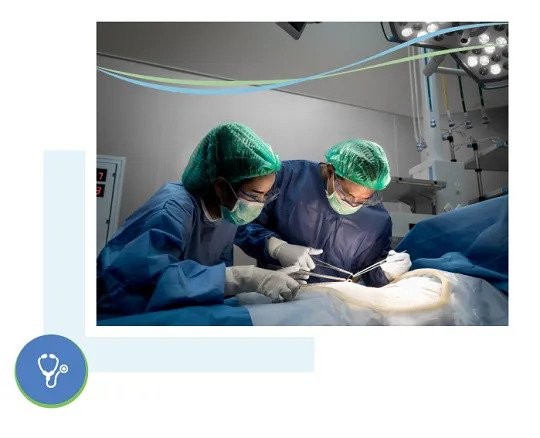general gynaecology services
Surveillance after treatment of gynaecological cancer
Surveillance after treatment of gynecological cancer in women is an important part of a cancer patient’s journey. Despite successful initial treatments, cancers can still recur even in early stages. The key aim of surveillance is to detect early recurrences which may still be treatable. During surveillance, patients are also given psychological support and help with any other medical issues that arise.
Review of Symptoms
In the initial days after treatment, the patient is reviewed 3 monthly for the 1 st 2 years and 6 monthly for the subsequent 3 years. After 5 years it would be a yearly review. Symptoms to look out for include vaginal bleeding, difficulty passing urine or motion, pelvic pain, loss of weight, abdominal bloatedness, shortness of breath etc1.
Detecting the symptoms makes it possible to tell whether you are at risk of recurrence or not. Therefore, the cancer symptoms must be carefully assessed during surveillance.
Physical Examination
A physical examination is important because it allows your health care team to take notice of any potential side effects, manage them and even monitor how healthy you are generally. During the physical examination the doctor will perform an abdominal examination as well as a pelvic examination. Depending on the cancer type, a vaginal vault pap smear may be performed for patients with e.g. endometrial or cervical cancer.
Cancer marker blood tests may also be performed as part of the surveillance.
Routine Imaging
If there are physical findings during the examination, it is recommended that you go for further radiological imaging.
Read more : https://timothylimclinic.com/g....ynaecological-oncolo






